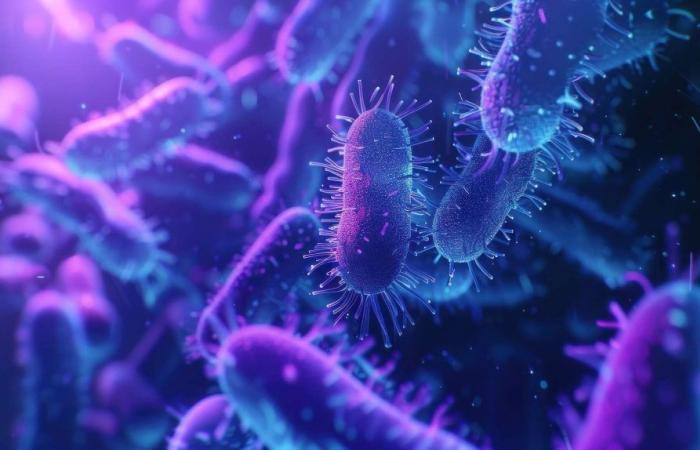It’s a veritable microscopic time capsule that researchers have just discovered. During a very deep drilling carried out in South Africa, in the 2 billion year old magmatic rocks forming the Bushveld Igneous Complexscientists have in fact brought back a sample containing a colony of… living microbes. If we know that the bacteriabacteria can colonize extreme environments and in particular the rocks of the earth’s crust even at very great depths, this discovery is a first.
An indigenous colony, which would have survived within the rock for 2 billion years
Because this colony seems to have been trapped in these rocks 2 billion years ago. Since then, it has remained isolated from the rest of the environment. This would therefore be the oldest example of an active microbial colony discovered in rocks. The bacteria were found within a sealed fracture, filled with clay. Analyzes showed that there had been no contaminationcontamination later and that these microbes were indeed “native”.
But how was this colony able to survive for 2 billion years? For researchers author of a study published in the journal Microbial Ecologyces microorganismsmicroorganisms would have drawn the resources necessary for their subsistence from theenergyenergy produced during the process of alteration of mineralsminerals silicates, which produces clays. The reaction between water and ferfer contained in silicates actually produces H2a compound that microbes can metabolize. These processes would have allowed this mineral environment to remain habitable for several billion years.
A discovery that bodes well for the search for life on Mars
We know that the microbes that populate these deep environments present a metabolismmetabolism very slow and are unlikely to change over time. In fact, the DNA of microbes found in the rocks of Bushveld Igneous Complex could provide important insights into the genomegenome microorganisms that lived 2 billion years ago, at a time when the first multicellular organisms were only beginning to appear. This is a unique opportunity to observe what life was like in those distant times.
But it is also proof that bacterial colonies can survive for very long periods of time in sealed environments protected from any disruption, as long as they have a source of energy at their disposal. A major point which will certainly interest scientists looking for past life on Mars!






